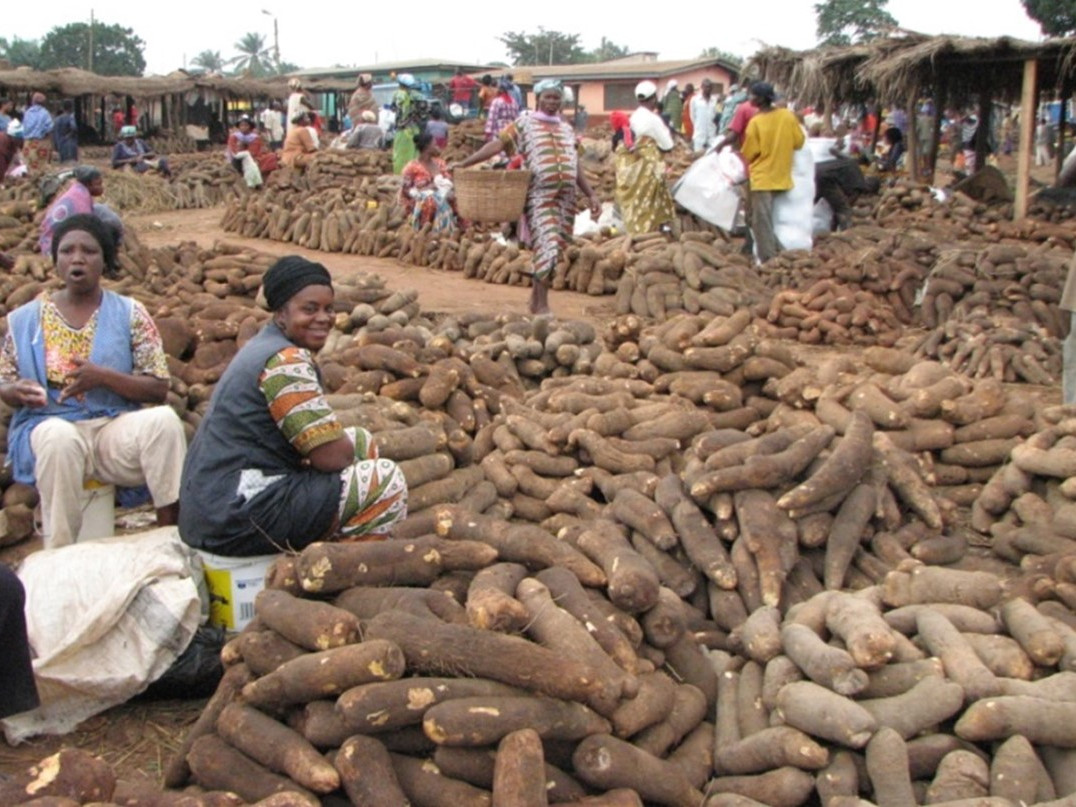Pick Up
278. Does eating yams cause twins? The secret of West African yam

Yam is a common name for plant species in the genus Dioscorea, including ‘nagaimo’ (Chinese yam, D. polystachya), ‘yamanoimo’ (Japanese yam, D. japonica) and ‘daijo’ (water yam, D. alata), which are cultivated in Japan. It is also widely cultivated around the world, particularly in West Africa, where about 54 million tons, equivalent to more than 90% of the world's total yam production, are produced annually.
Yam is an important crop for the food and nutrition supply of the people of West Africa, and the demand is increasing year by year but the supply is not catching up. On the other hand, research and technological development on breeding of yam for productivity and quality improvement has hardly progressed. Therefore, JIRCAS focuses on Guinea yam (D. rotundata), which has the highest production in West Africa, and is conducting research to utilize various genetic resources in order to improve productivity and quality.
Guinea yam is deeply rooted as a traditional crop in West Africa, with characteristics (color, taste and texture) that conform to food culture such as traditional cooking methods and processing techniques. There are many interesting stories about yam. In some regions of West Africa, the local people believe that eating yam increases the chances for twins to be born. Also, yam is used as an indispensable wedding gift at the ceremony to demonstrate the physical and financial strength of the groom. As part of the Online Open House, JIRCAS has released a mini-lecture video titled Does eating yams cause twins? The secret of West African yam for the general public to learn about some interesting facts about yam.
In conjunction with the Science and Technology Week on April 12-18, 2021, JIRCAS has set up a special website (https://www.jircas.go.jp/en/event/2021/openhouse) where researchers introduced their research activities and experiences in overseas research. We hope this provides the general public with a unique opportunity to learn more about the research programs of JIRCAS and have a deeper understanding of the importance of agriculture, forestry and fisheries in developing countries.
Contributor: MURANAKA Satoru (Crop, Livestock and Environment Division)
